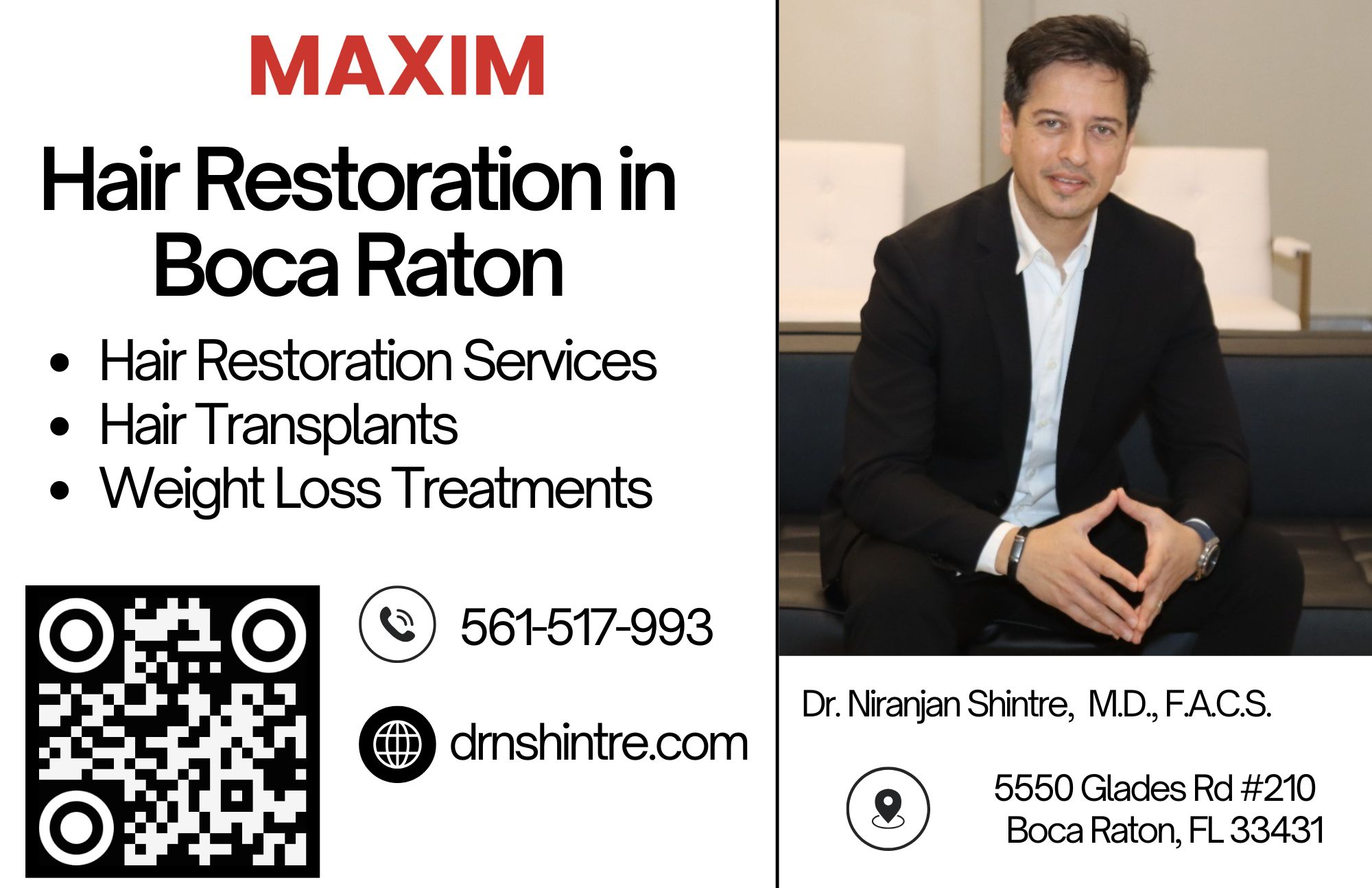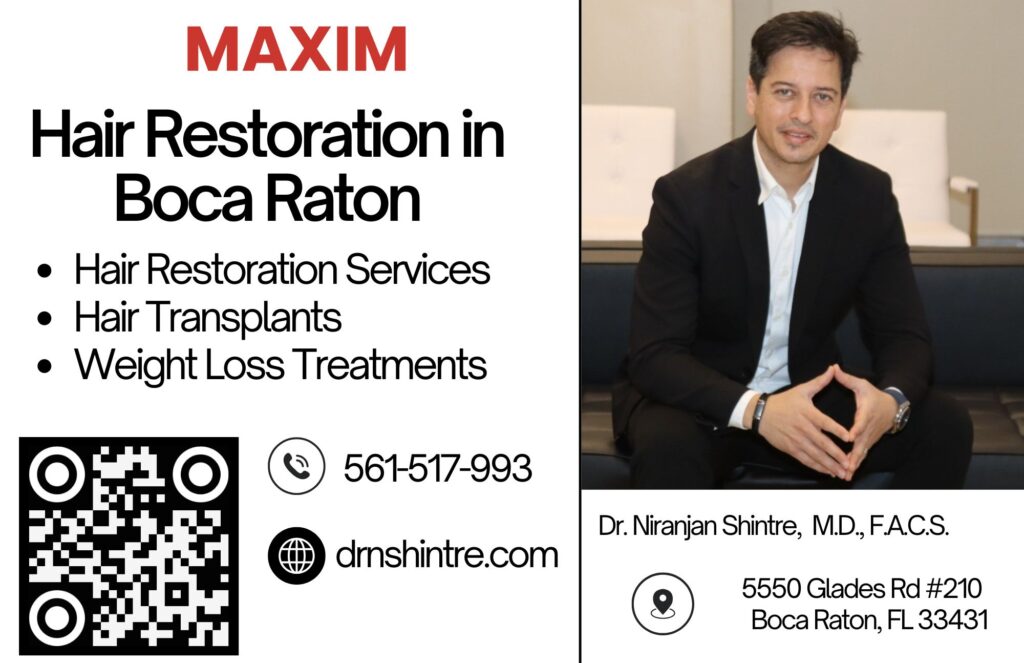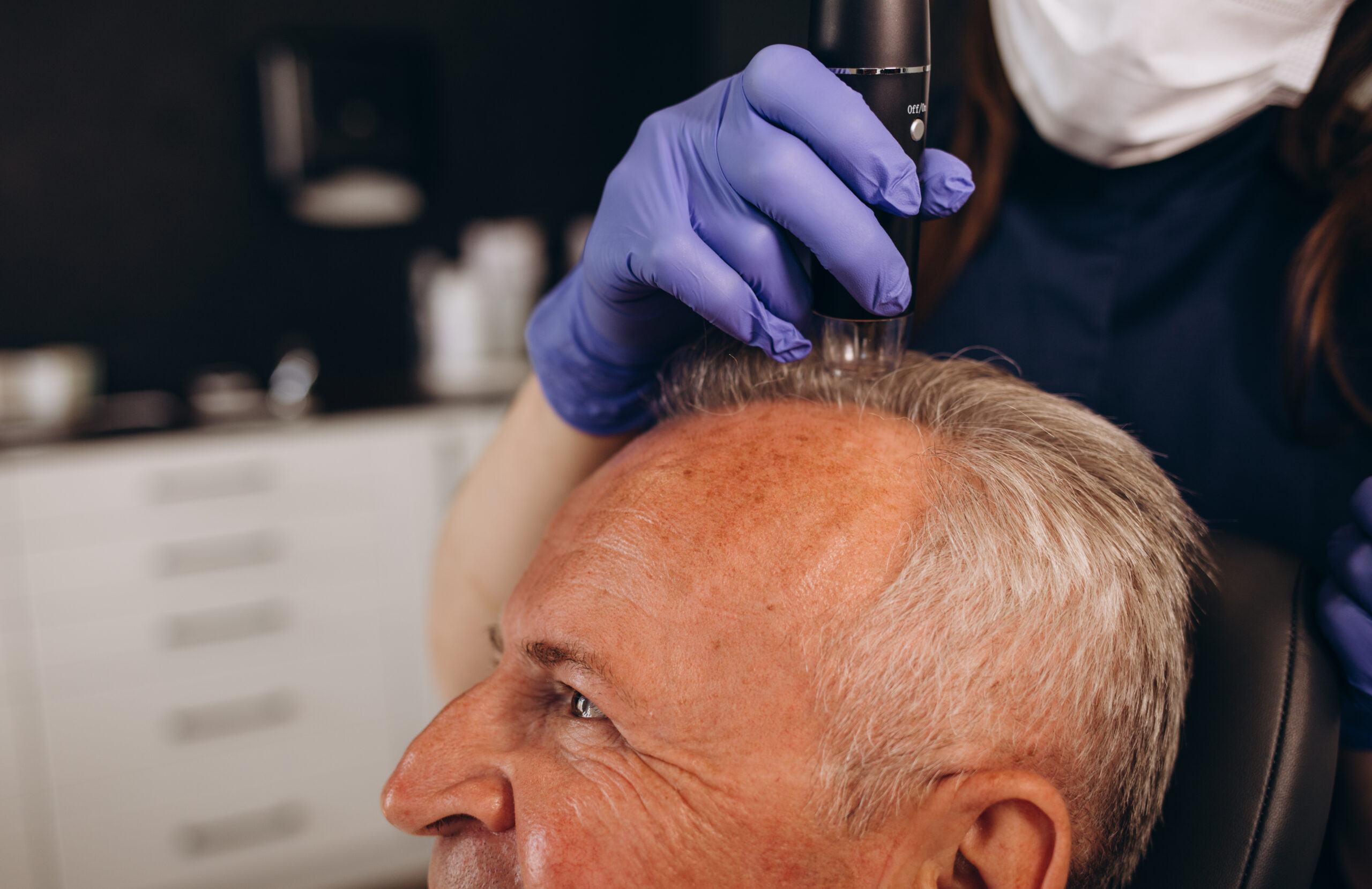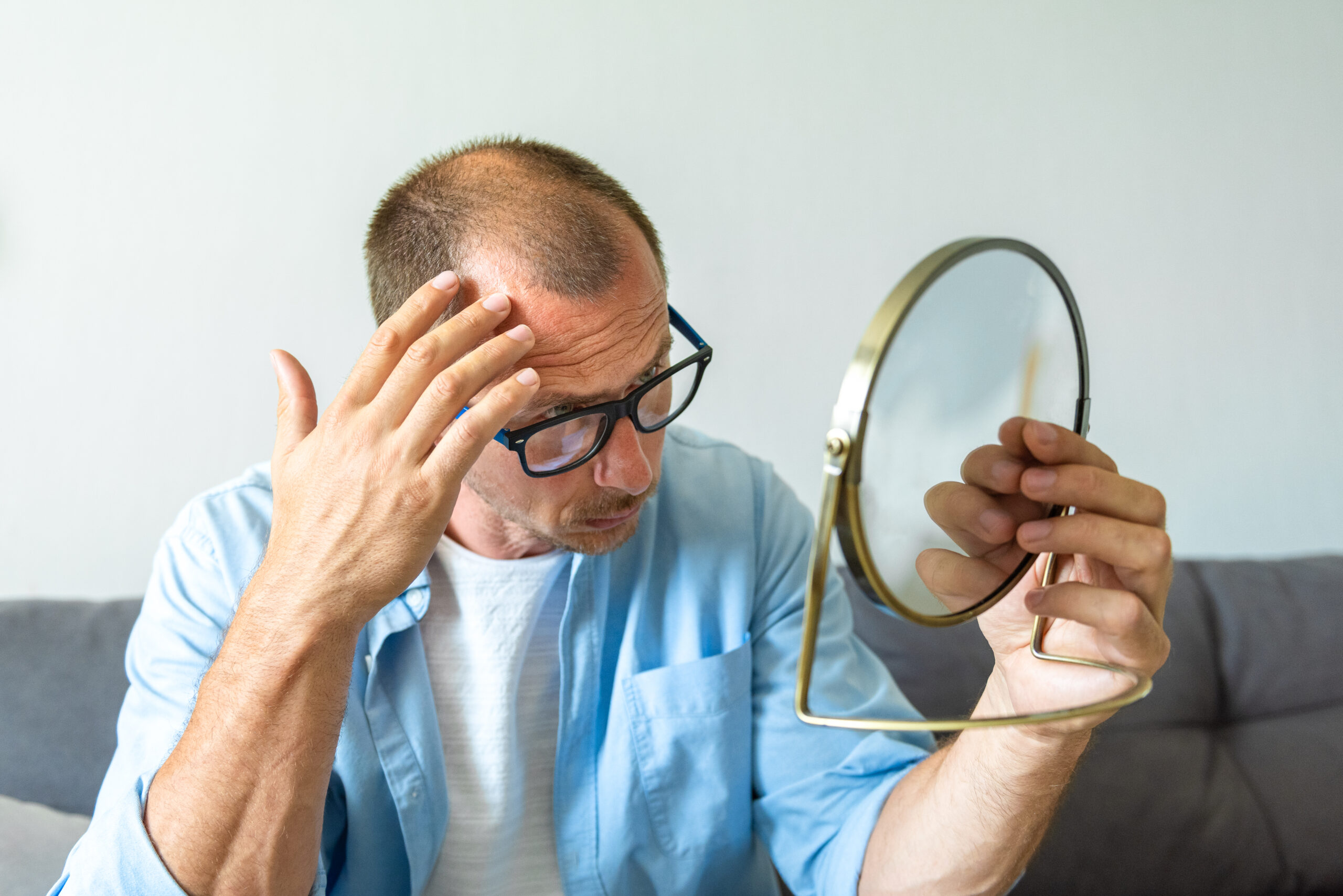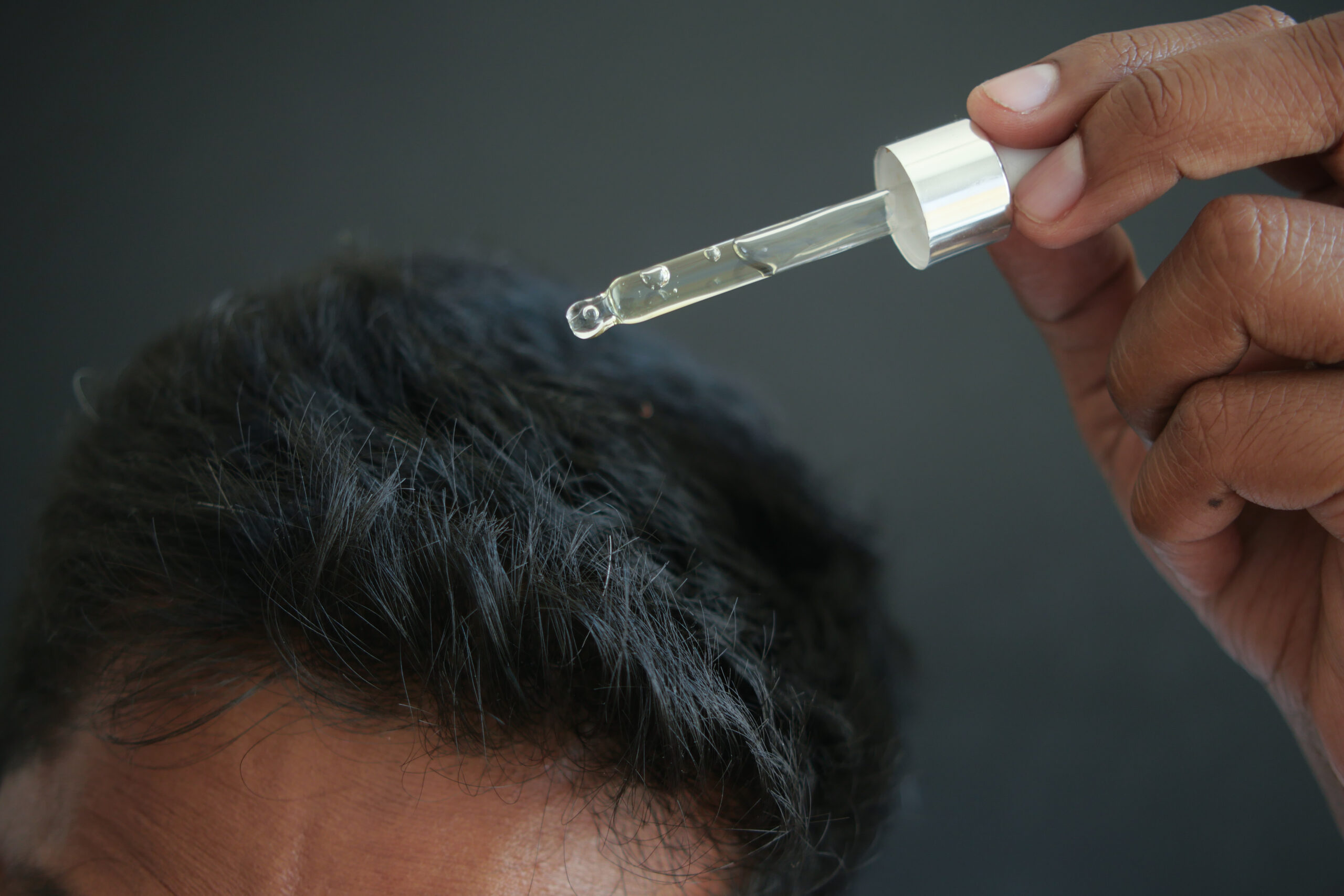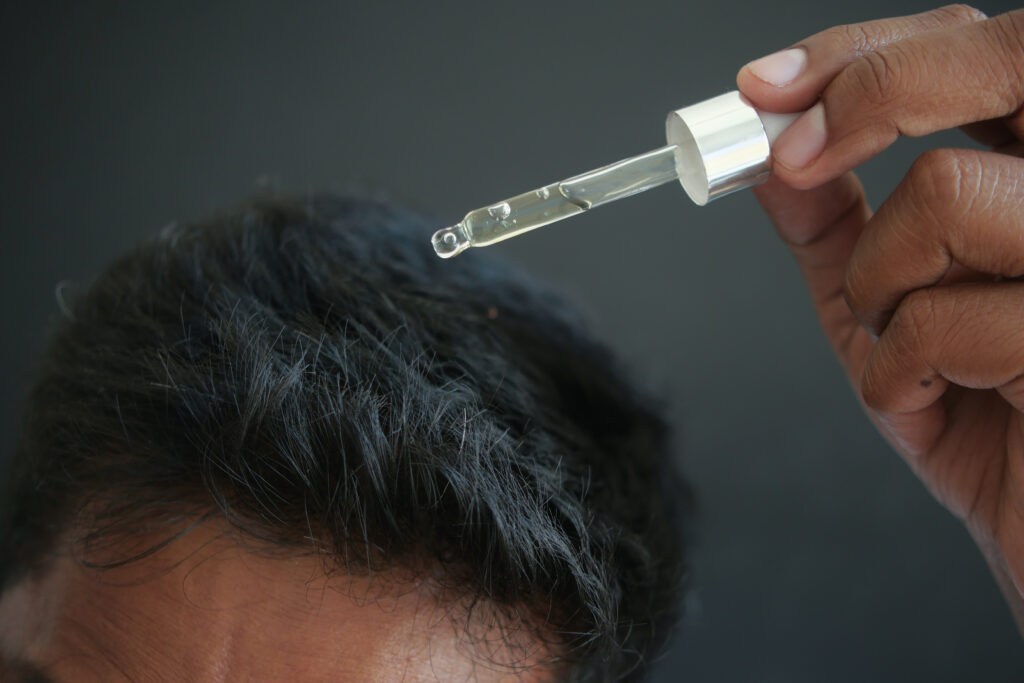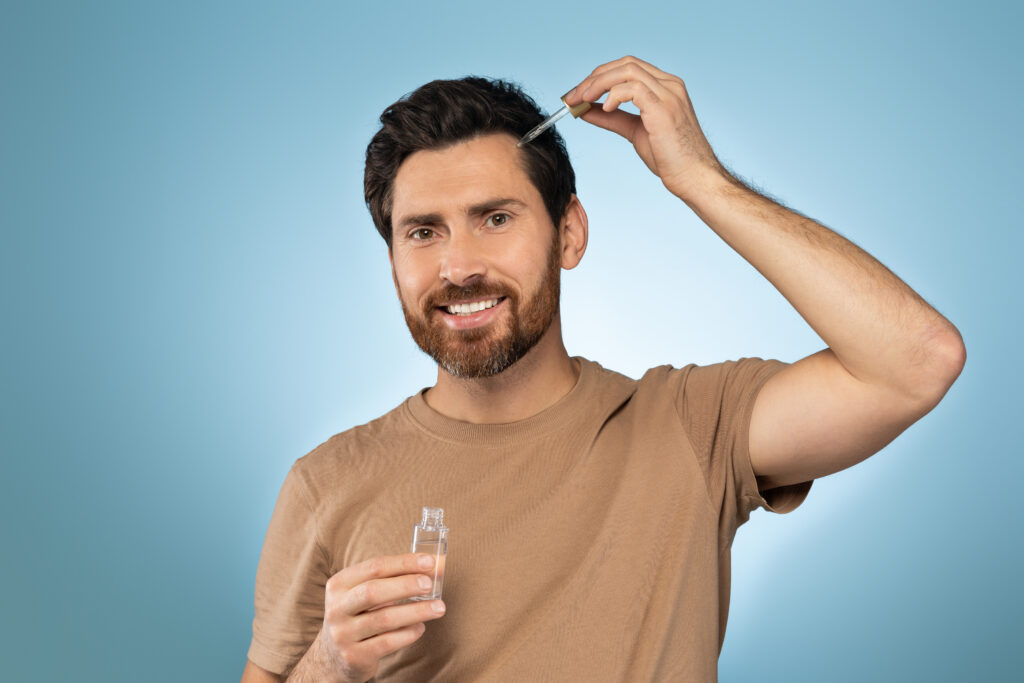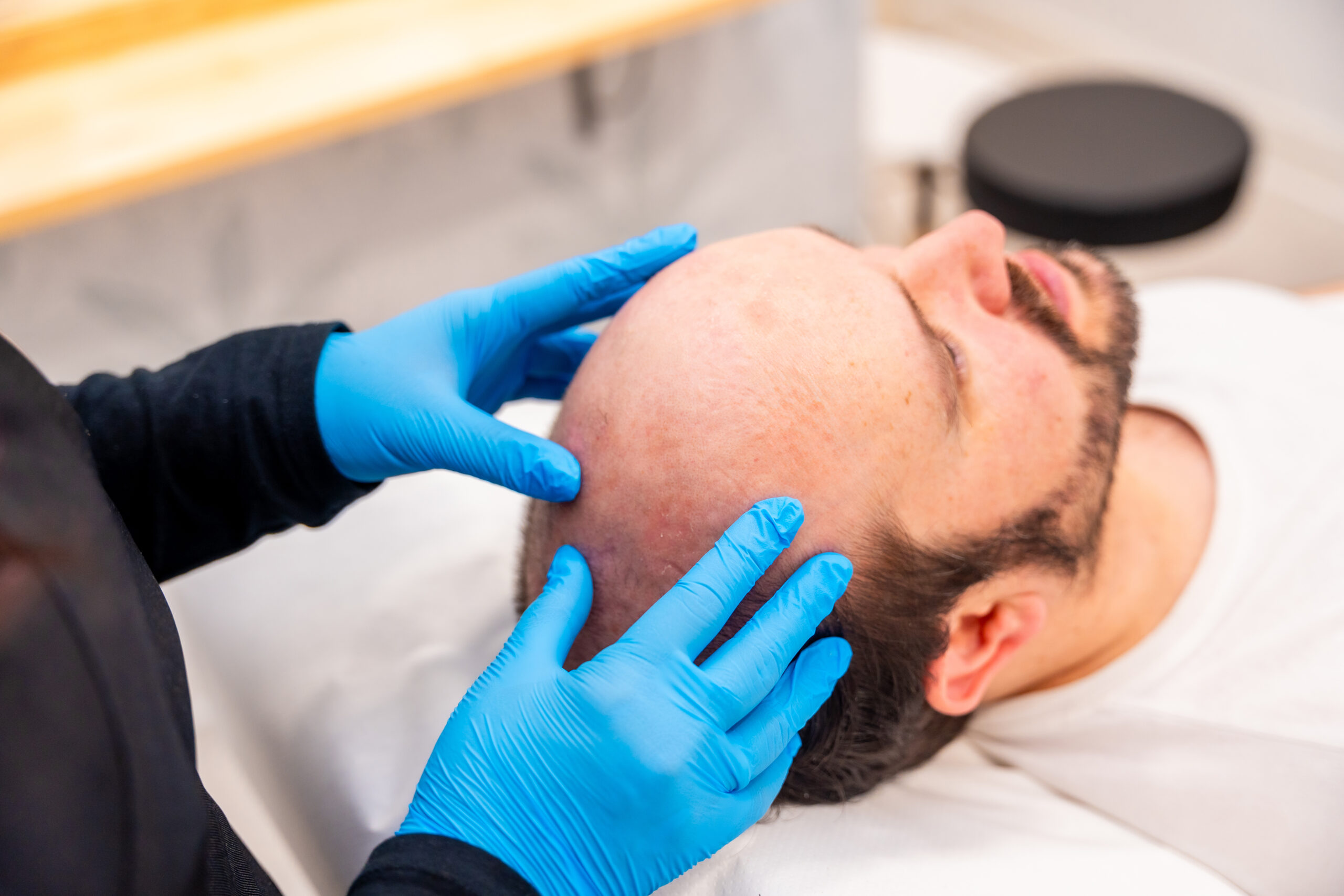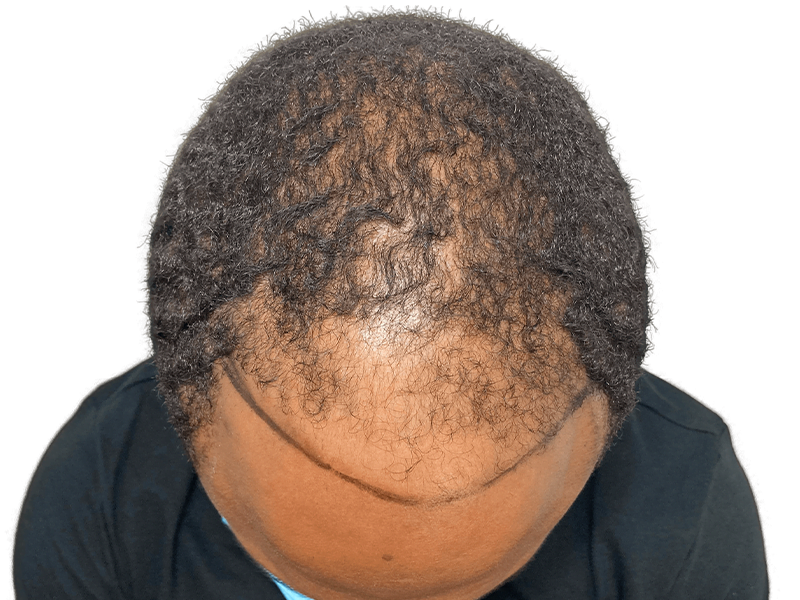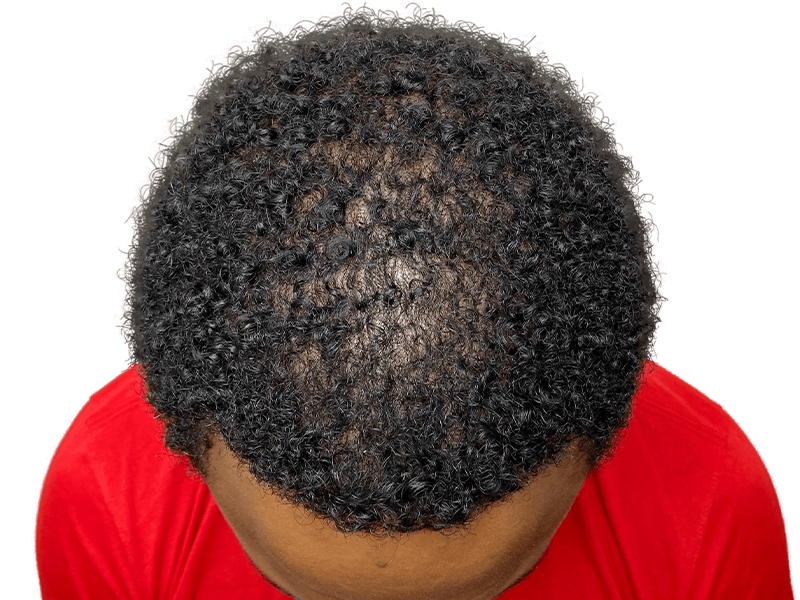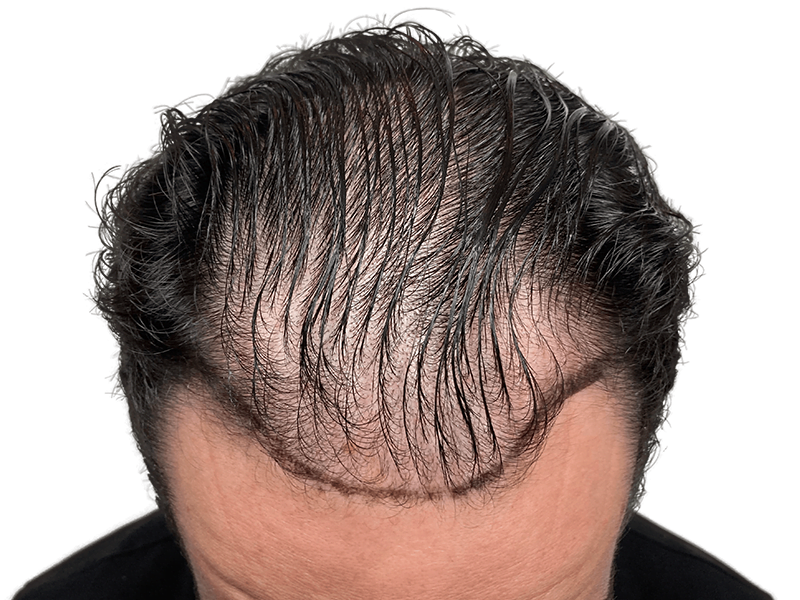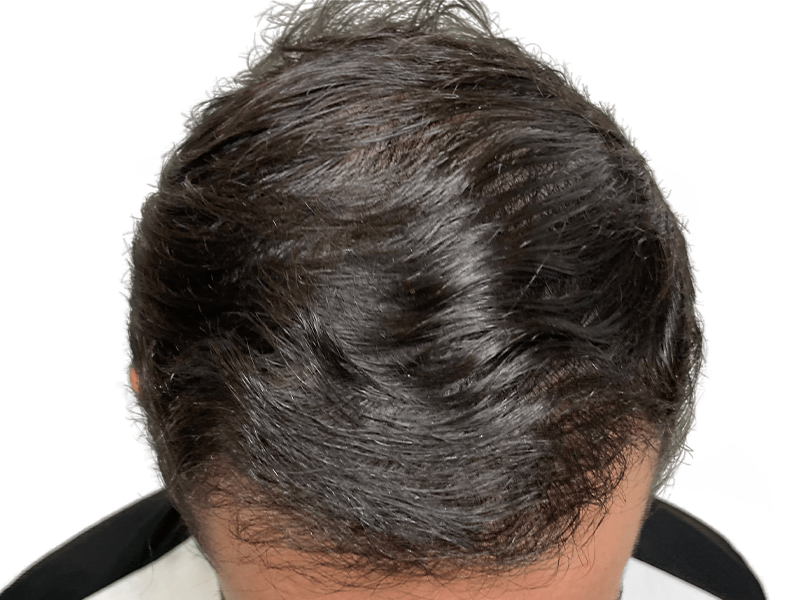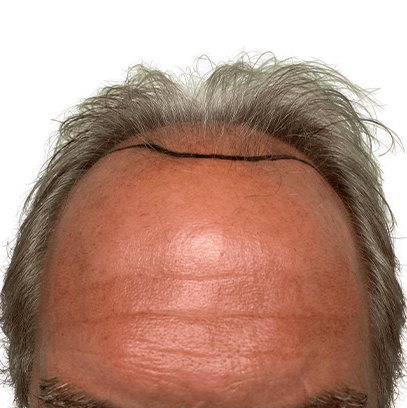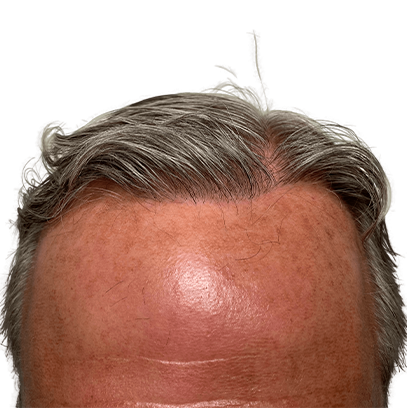Congratulations on taking the step toward restoring your hair and confidence with a hair transplant! Whether you opted for FUE or FUT, the procedure is a significant investment in your appearance. However, the key to achieving optimal results lies in what you do after the procedure. Proper post-operative care and lifestyle adjustments are essential to ensure that your newly transplanted hair grows in healthy, thick, and natural-looking.
At Maxim Hair Restoration in Boca Raton, we prioritize providing our patients with the best possible results. In this blog, we’ll discuss the most important post-operative tips and strategies to help you maximize your hair transplant results.
1. Follow Dr. Shintre’s Post-Operative Instructions
The most important thing you can do after your hair transplant is to follow the post-operative instructions provided by Dr. Shintre. These guidelines are specifically designed to help you care for your scalp, protect your newly transplanted follicles, and ensure that your hair grows back naturally.
Some key post-op instructions will include:
- How to care for your scalp and avoid rubbing or scratching the treated area
- Medications you should take to reduce swelling and prevent infection
- When and how to wash your hair after the procedure
- Restrictions on physical activity during the recovery period
By sticking to these instructions, you’ll give your hair transplant the best chance to thrive.
2. Protect Your Scalp During the Healing Process
For the first few days after the procedure, your scalp will be sensitive. To maximize hair transplant results, take extra care to protect the transplanted area:
- Avoid touching or scratching your scalp, as this can damage the grafts.
- Wear a loose-fitting hat to protect your scalp from dirt, debris, and direct sunlight if you need to go outdoors.
- Avoid sleeping on your back or directly on your scalp, especially in the first few days. Sleep with your head slightly elevated to reduce swelling.
By taking these simple steps, you will reduce the risk of damage to your transplanted hair follicles.
3. Maintain a Healthy Diet to Support Hair Growth
Nutrition plays a vital role in maximizing your hair transplant results. After the procedure, it’s important to eat a balanced diet to support healthy hair growth and healing. Key nutrients that contribute to hair health include:
- Protein: Hair is made up of protein, so it’s essential to include lean meats, fish, eggs, and plant-based proteins in your diet.
- Iron: Iron-rich foods like spinach, lentils, and red meat can help improve blood circulation, which is important for hair follicle health.
- Vitamins and minerals: Vitamins like A, C, and E promote healthy hair growth, while zinc and biotin can support follicle regeneration.
Taking care of your body’s overall health will also enhance the results of your hair transplant.
4. Avoid Strenuous Physical Activity
After your hair transplant, it’s important to avoid strenuous physical activities for a few weeks. Activities like weightlifting, running, or any exercises that increase your heart rate can increase blood flow to your scalp and cause swelling or excessive scabbing. In the early days after surgery, it’s best to:
- Avoid exercise for at least 7–10 days after the procedure.
- Gradually return to more intense physical activity after 2-3 weeks, but continue to avoid excessive sweating or trauma to the scalp.
By limiting your physical activity during the first few weeks, you’ll allow the transplanted hair follicles to settle into their new spots and start growing.
5. Keep the Scalp Moisturized and Clean
As your scalp heals, you may notice small scabs or crusts forming where the hair follicles were transplanted. It’s essential to gently clean and hydrate the scalp to promote healing and minimize scarring:
- Wash your hair gently: Follow Dr. Shintre’s guidelines on how to wash your hair. Typically, you’ll be advised to wait 48 hours before your first shampoo and to avoid direct contact with the transplant sites during the first week.
- Use a gentle shampoo that is free of harsh chemicals or fragrances to avoid irritation.
- Hydrate your scalp by using any recommended moisturizers or ointments that help soothe dryness or itching.
By keeping your scalp clean and well-moisturized, you’ll help facilitate the healing process and encourage optimal hair growth.
6. Avoid Smoking and Alcohol
Both smoking and excessive alcohol consumption can hinder your body’s ability to heal properly and affect hair growth. Nicotine in cigarettes, for example, restricts blood flow, which can slow down the healing process and limit the nutrients that reach your hair follicles.
To ensure the best possible results from your hair transplant:
- Avoid smoking for at least 2 weeks after the procedure.
- Limit alcohol consumption, as alcohol can dehydrate the body and impair the healing process.
By cutting back on smoking and alcohol, you’re giving your scalp the best environment to heal and promote new hair growth.
7. Patience is Key: Understanding the Growth Timeline
It’s important to have realistic expectations and understand that hair growth takes time. Right after your hair transplant, you may experience shedding, where the transplanted hair falls out. This is completely normal, as the hair follicles are going through their natural growth cycle.
Here’s what you can expect:
- 1–3 months: New hair begins to grow in the transplanted areas, but it may be thin and sparse.
- 3–6 months: Hair will begin to thicken, and the transplanted follicles start to blend with the surrounding hair.
- 6–12 months: Full results of your hair transplant will begin to show, with thicker and more natural-looking hair.
Hair growth is a gradual process, so patience is essential. Stay consistent with your post-operative care, and soon enough, you’ll see the results you’ve been waiting for.
8. Follow Up with Dr. Shintre for Ongoing Care
Follow-up appointments are critical for ensuring your recovery stays on track. Dr. Shintre will monitor your progress, assess your hair growth, and provide any necessary guidance throughout the recovery period.
Regular visits will help:
- Address any concerns you may have about your healing process.
- Ensure that your hair is growing as expected.
- Provide additional treatments or adjustments if needed.
By staying in touch with Dr. Shintre, you ensure that your hair transplant journey is fully supported from start to finish.
Achieving Your Best Hair Restoration Results
Maximizing your hair transplant results requires proper post-operative care, patience, and a commitment to maintaining your scalp health. By following Dr. Shintre’s instructions, taking care of your body’s health, and avoiding activities that could disrupt healing, you’ll be well on your way to achieving the natural, thick, and healthy hair you’ve always wanted.
At Maxim Hair Restoration in Boca Raton, we are dedicated to providing our patients with personalized care and expert advice to ensure the best possible results from your hair transplant. If you’re ready to start your hair restoration journey, contact us today to schedule a consultation with Dr. Shintre and learn how we can help you achieve the look you desire.

